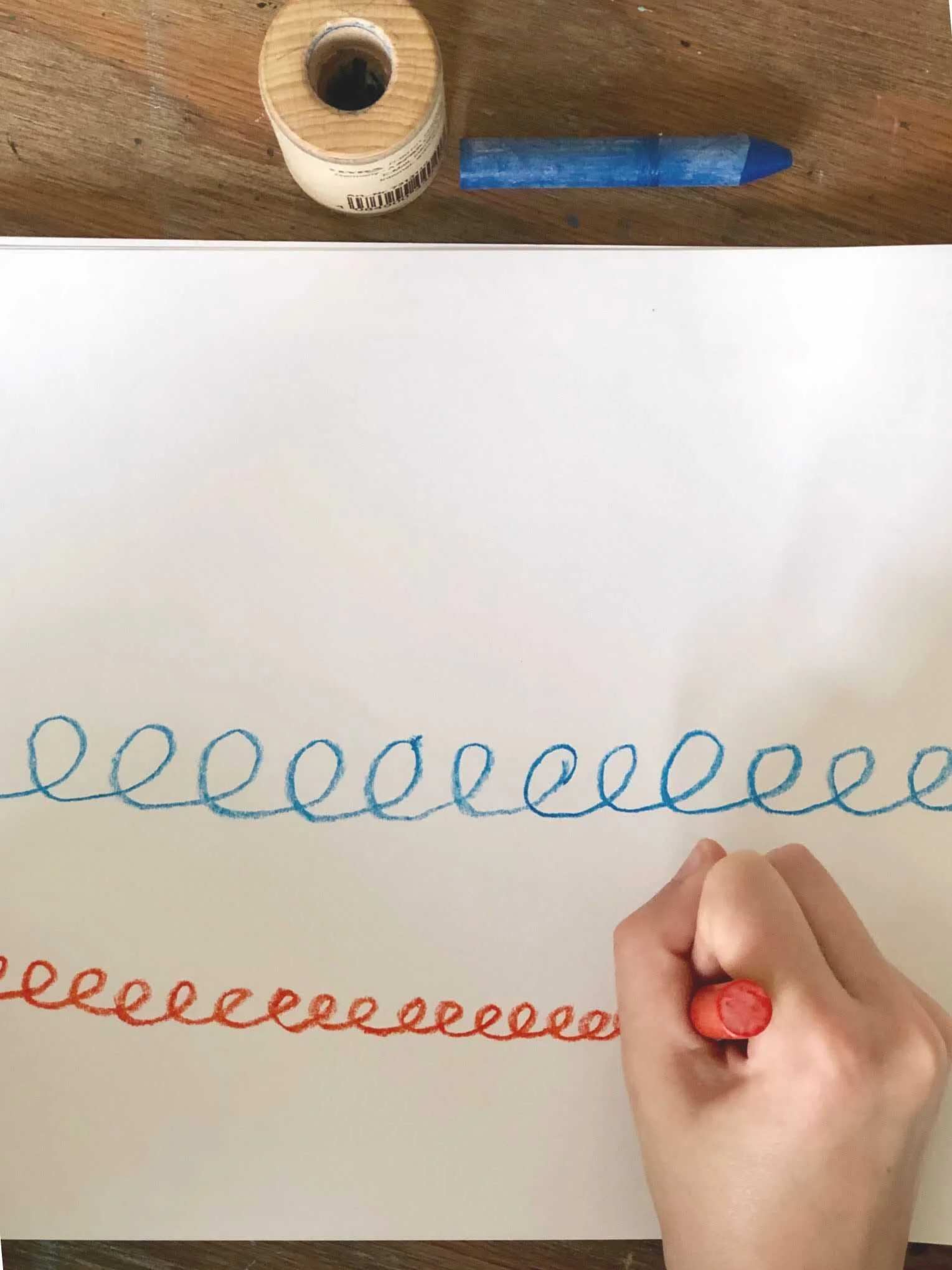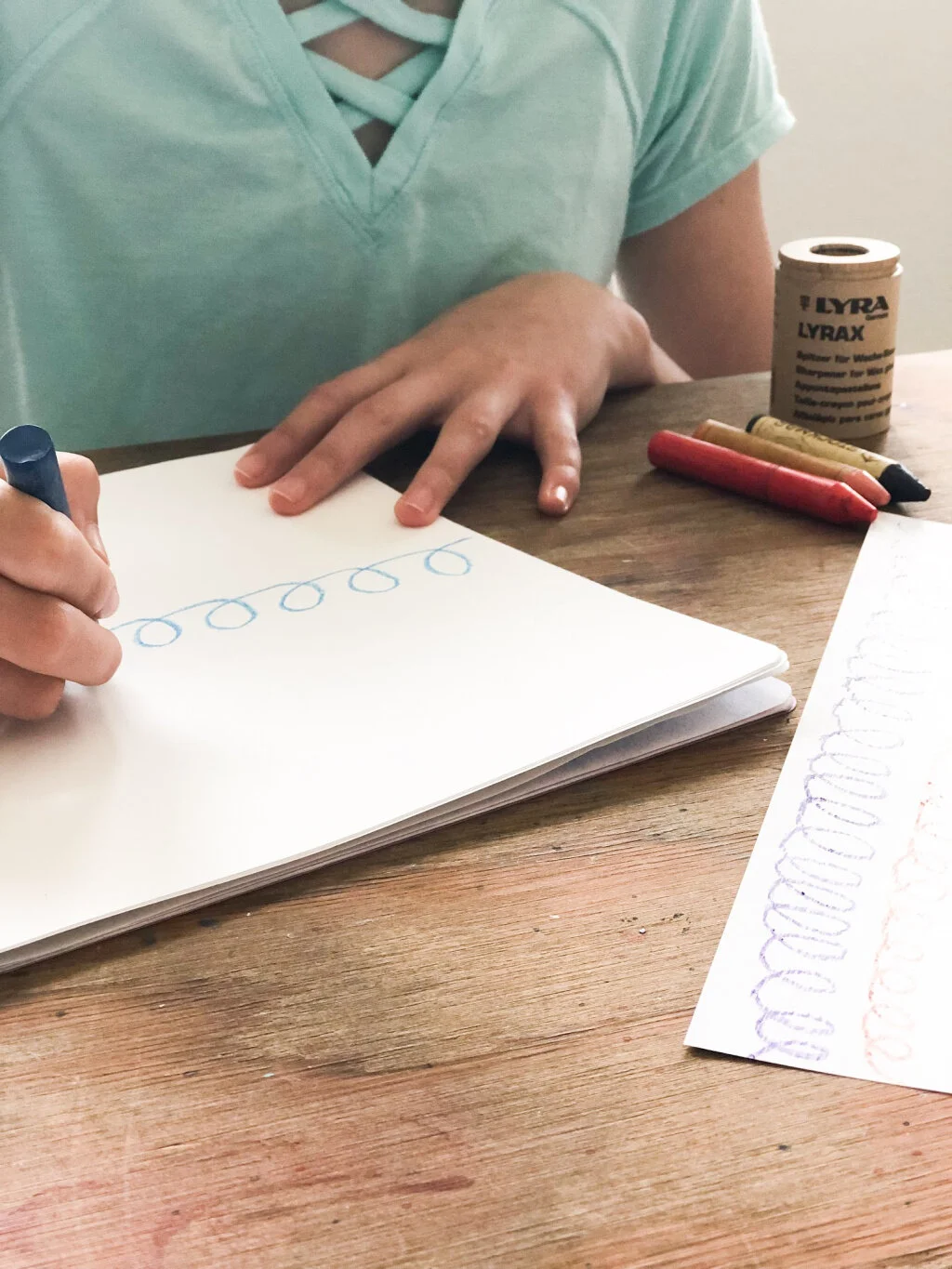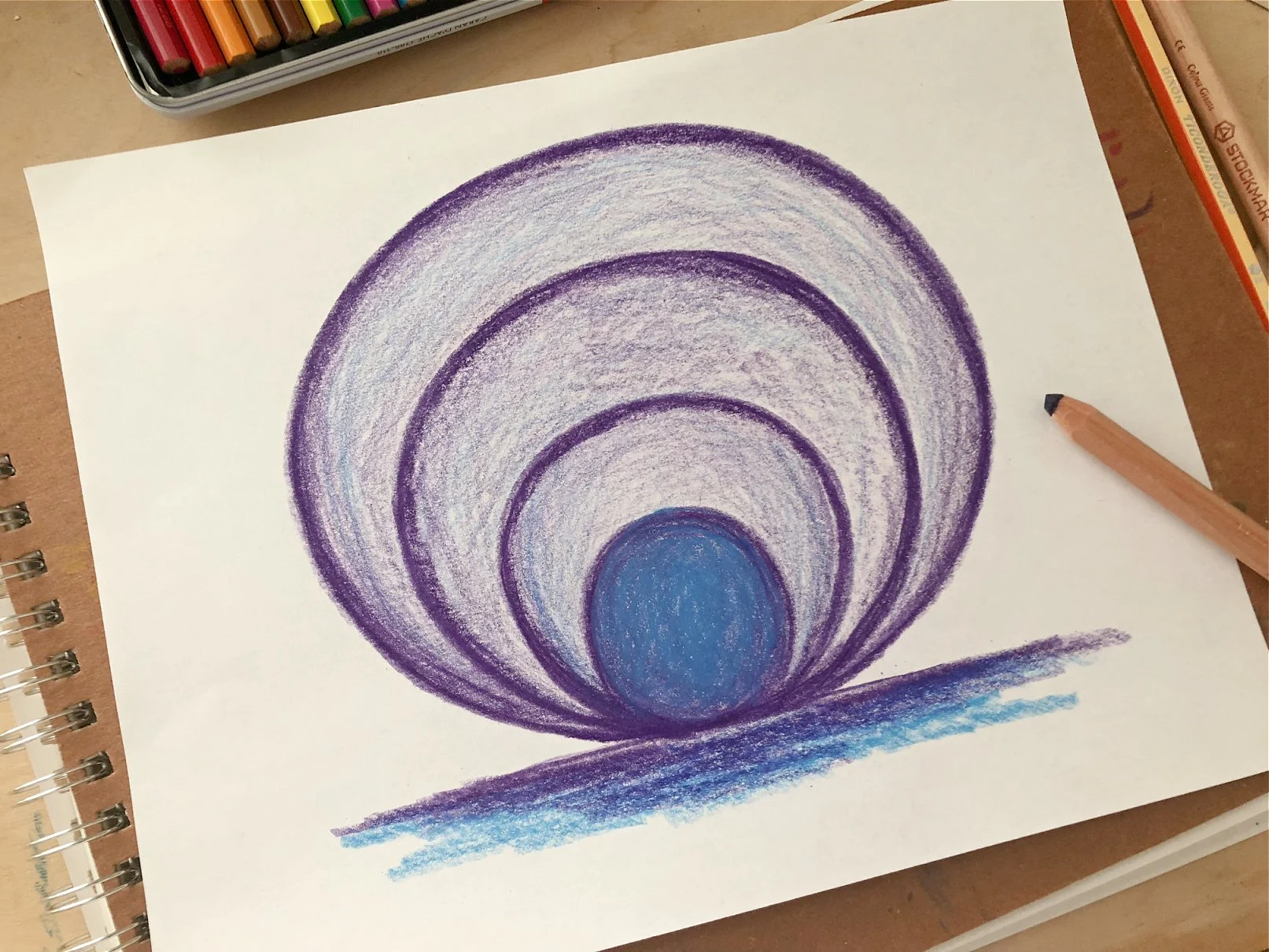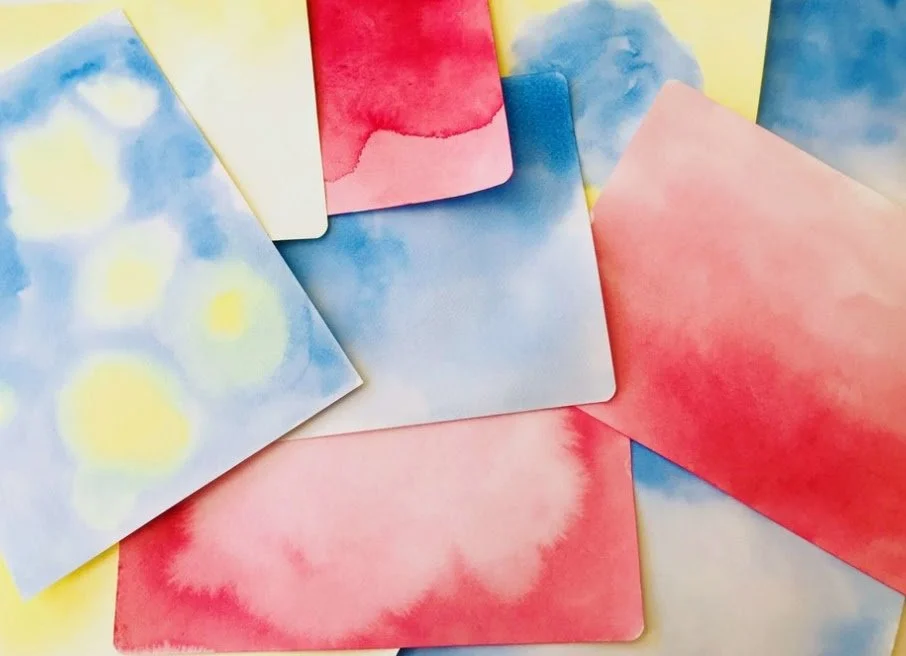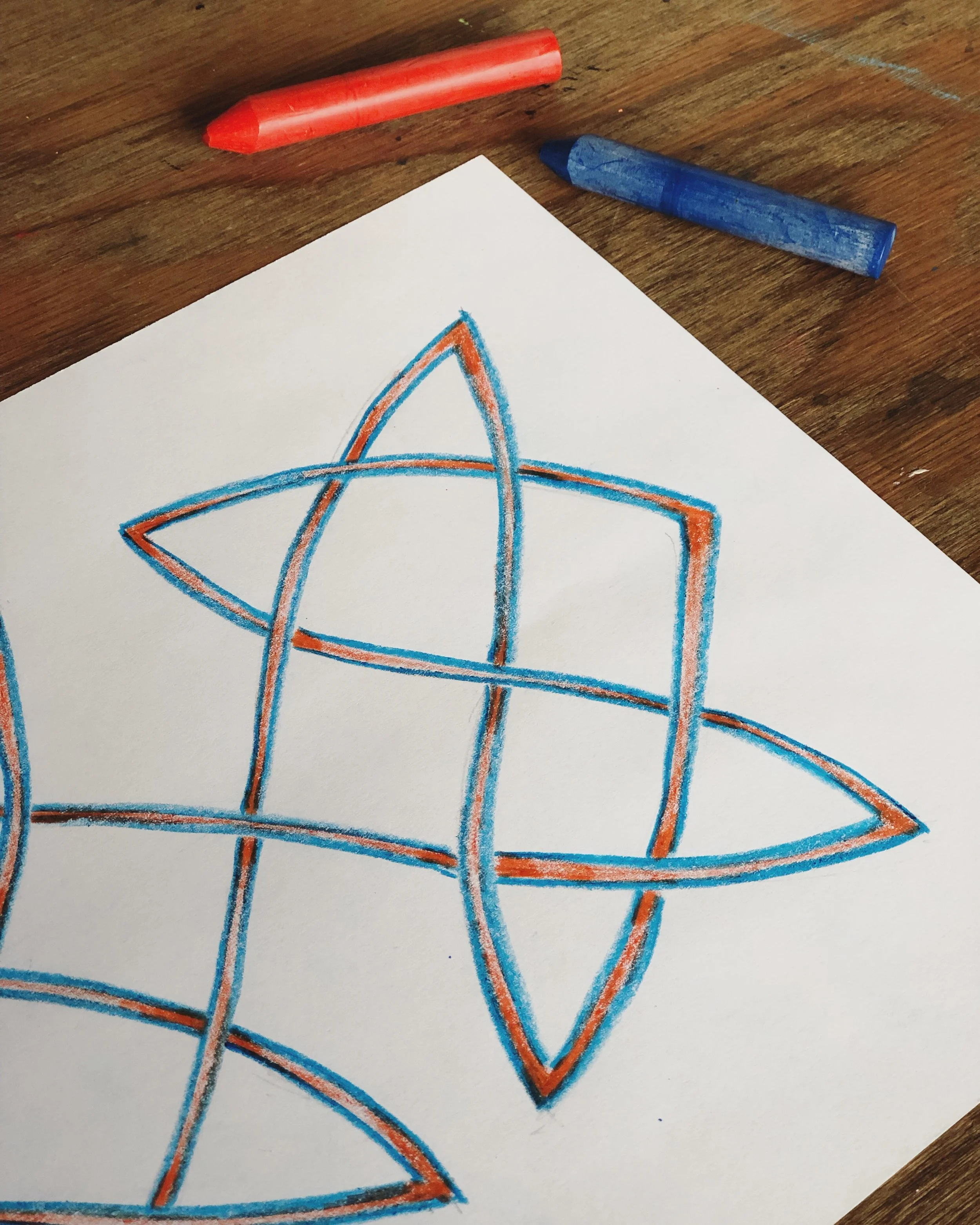Keep it Simple: Choosing Stories or Imaginations for Form Drawing
With Waldorf form drawing, keep it simple and doable!
Waldorfish Form Drawing teacher Rev Bowen was recently asked by a caregiver about whether form drawing lessons need to include full stories, or not. We wanted to share his thoughts with the Waldorfish community at large!
Here is a commonly-asked question in regard to form drawing: "Do I need to tell a story before every lesson?"
I had this question too. It makes sense to have this question.
In terms of main lesson work, the story is the "drop of light". Every consequent lesson should have some root in the preceding story. This integrates the learning. The imagination of the story, the images that the child built while listening to the story being told, will germinate through the process of sleep and provide a warm-earth, nutrient-rich loam for the growth of new learning and understanding. 2+3 can be a fun and flexible math lesson when it is brought out of a story.
Form drawing is all about the process and the practice!
*So, why would we not tell a story before other lessons too?
It is truly possible to have too much of a good thing.
So, too many stories living in the child's soul will create diminishing returns. That is why I only use little imaginations for form drawing. Yes, we want them to enliven their work with imagination, but imagination does not require a full story. The image of a waterfall, assuming the child has actually experienced a waterfall in real life, is usually plenty to enliven the idea of a straight line from top to bottom, for example.
So, if you have felt any pressure to be a bottomless well of stories, I am happy to tell you that there is no need.
Simple images, especially from nature, can be very effective. And the great thing about it is that we will improve the more we use them. The world is full of images and examples. The more we start to use them, the more they become obvious to us.
~Rev
